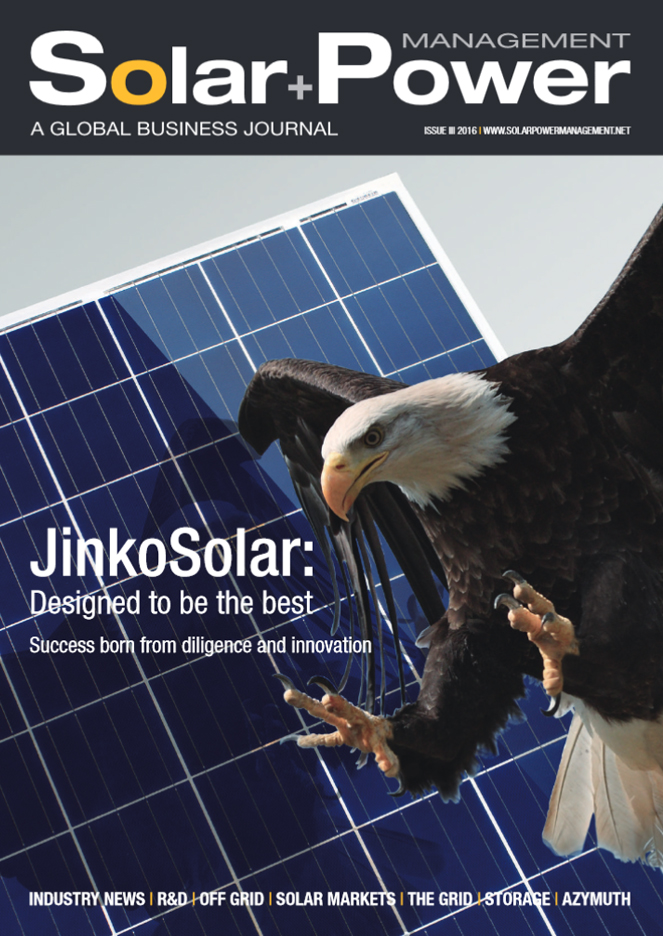
$1.1 million SunShot award for WSU team

Washington State University (WSU) researchers have received a $1.1 million US Department of Energy SunShot Initiative cooperative award to improve the performance and lower the cost of solar materials.
Working in collaboration with researchers at the National Renewable Energy Laboratory (NREL) and industry partner Nious Technologies, WSU researchers will improve the performance of CdTe solar material. They will improve its feedstock, or the raw crystal needed to make solar cells, with the goal of reducing costs and making it more competitive with popular silicon-based technology.
"A robust CdTe feedstock manufacturing technology and high quality CdTe materials will be available to the solar industry that could disrupt the current thin-film solar energy supply chain," said Kelvin Lynn, Regents professor in WSU's School of Mechanical and Materials Engineering and Department of Physics. "The overall outcome will positively impact American solar energy manufacturing sector by boosting technology competiveness."
The solar market is growing rapidly with installed capacity expected to grow by about tenfold in the next decade. About two-thirds of solar cells are made of silicon, almost all of which are manufactured in China. In the 1990s, the U.S. was the primary manufacturer of solar materials but its market share has waned.
The SunShot Initiative seeks to strengthen US competitiveness in the solar industry and make solar energy cost-competitive with other forms of electricity by the end of the decade.
"CdTe is most likely the first photovoltaic technology that will reach the SunShot goals," said Lynn. "It is exciting that there is an opportunity to further increase performance and reduce manufacturing costs."
CdTe cells have the lowest carbon footprint in solar technology and perform well in real world conditions, including in hot, humid weather and under low light. In the past few years, CdTe has caught up to silicon in terms of efficiency and manufacturing costs.
Earlier this year, the WSU researchers were part of a team that reached a critical milestone in solar cell fabrication by placing a small number of phosphorus atoms on tellurium lattice sites on a CdTe solar cell. The breakthrough overcame a one-volt barrier that researchers had been working on for decades.
The researchers hope that the improved material and manufacturing technique will reduce solar energy production costs and simplify the manufacturing process.
The research is in keeping with WSU's Grand Challenges initiative stimulating research to address some of society's most complex issues. It is particularly relevant to the challenge of "sustainable resources for society" and its theme of meeting energy needs while protecting the environment.


































